Gardens are not just spaces filled with plants; they are living works of art that reflect creativity, personality, and a love for nature. Among the many styles of garden design, spiral flower beds stand out as both practical and whimsical. They combine natural beauty with playful geometry, giving your landscape a striking focal point that sparks curiosity and admiration. Whether you have a sprawling yard or a small garden corner, spiral flower beds can transform ordinary planting into a unique, enchanting feature.
This article explores the charm of spiral flower beds, the reasons to choose them, creative ideas to try, step-by-step building guidance, and plant suggestions that bring out their true beauty.
The Allure of Spiral Flower Beds
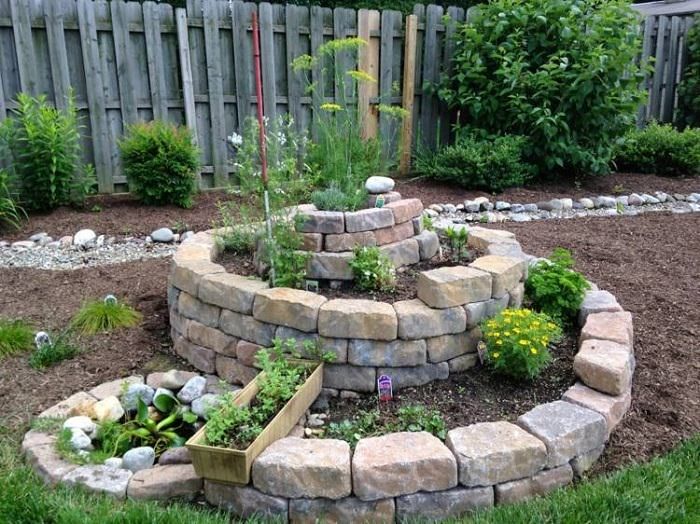
Spiral flower beds, as the name suggests, are designed in a spiraling pattern that winds around a central point. This style is more than just visually appealing—it has cultural, ecological, and functional significance:
- Symbolic meaning: Spirals are found in nature (snail shells, galaxies, whirlpools) and often symbolize growth, balance, and connection. Incorporating them into a garden adds a sense of harmony.
- Visual depth: Unlike flat or rectangular flower beds, spirals create a layered effect that instantly draws the eye and gives a sense of movement to the landscape.
- Efficient space use: The winding pattern allows more planting area within a compact footprint, perfect for small yards.
- Practical for microclimates: Spiral beds naturally create zones of different moisture and sunlight levels, allowing a greater variety of plants in one design.
- Whimsical character: Spiral flower beds break away from traditional straight lines and bring a playful, almost magical touch to outdoor spaces.
Why Choose Spiral Flower Beds?
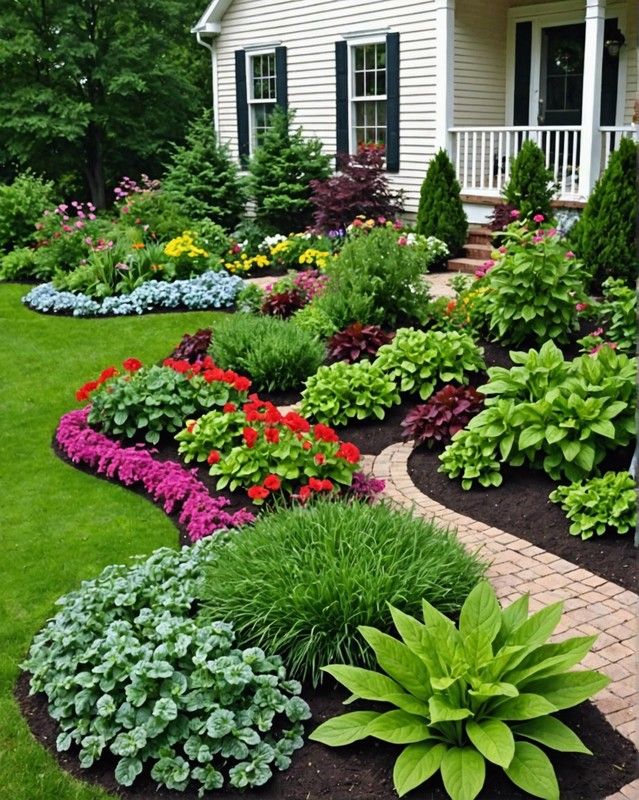
If you’re debating whether spiral flower beds are right for your garden, here are several compelling reasons:
- Unique design statement: Few garden features captivate visitors like a well-planned spiral bed. It becomes a centerpiece of conversation.
- Works in any size garden: From compact balcony spirals using containers to large backyard designs, spirals adapt to all spaces.
- Flexible plant combinations: You can grow flowers, herbs, ground covers, or even vegetables in a spiral.
- Low-maintenance beauty: Once established, spiral beds are easy to tend, especially if you design them with perennials and hardy plants.
- Eco-friendly choice: Spiral designs (especially raised spirals) improve water drainage and reduce soil erosion.
Design Ideas for Spiral Flower Beds
Spiral flower beds can be customized based on garden style, available space, and personal preferences. Here are some popular and imaginative approaches:
1. Classic Herb Spiral
Traditionally used in permaculture, herb spirals are built using stones or bricks to form a raised spiral structure. Different levels suit different herbs: drought-tolerant rosemary and thyme at the top, basil and parsley in the middle, and mint or chives at the base where moisture collects. This design can easily be adapted for flowers as well.
2. Whimsical Cottage Spiral
Filled with colorful cottage-style flowers—like foxgloves, daisies, and lavender—this spiral brings charm and romantic appeal. Add climbing roses or clematis at the center for vertical height.
3. Succulent Spiral
In dry or sunny locations, succulents such as echeveria, sedum, and hens-and-chicks arranged in spiral patterns create a stunning low-water design. Use gravel or sand between layers for contrast.
4. Pollinator Spiral
Plant bee- and butterfly-friendly flowers like echinacea, salvia, zinnias, and milkweed. The spiral arrangement provides continuous blooms through the seasons, ensuring food for pollinators.
5. Seasonal Spiral
Design your spiral with bulbs (tulips, daffodils, crocuses) for spring, perennials for summer, and ornamental grasses or chrysanthemums for autumn. This keeps the bed vibrant year-round.
6. Fairy Garden Spiral
For a magical touch, incorporate miniature plants, moss, and decorative fairy garden accessories. Perfect for families with children or anyone who enjoys whimsical landscapes.
How to Build a Spiral Flower Bed: Step by Step
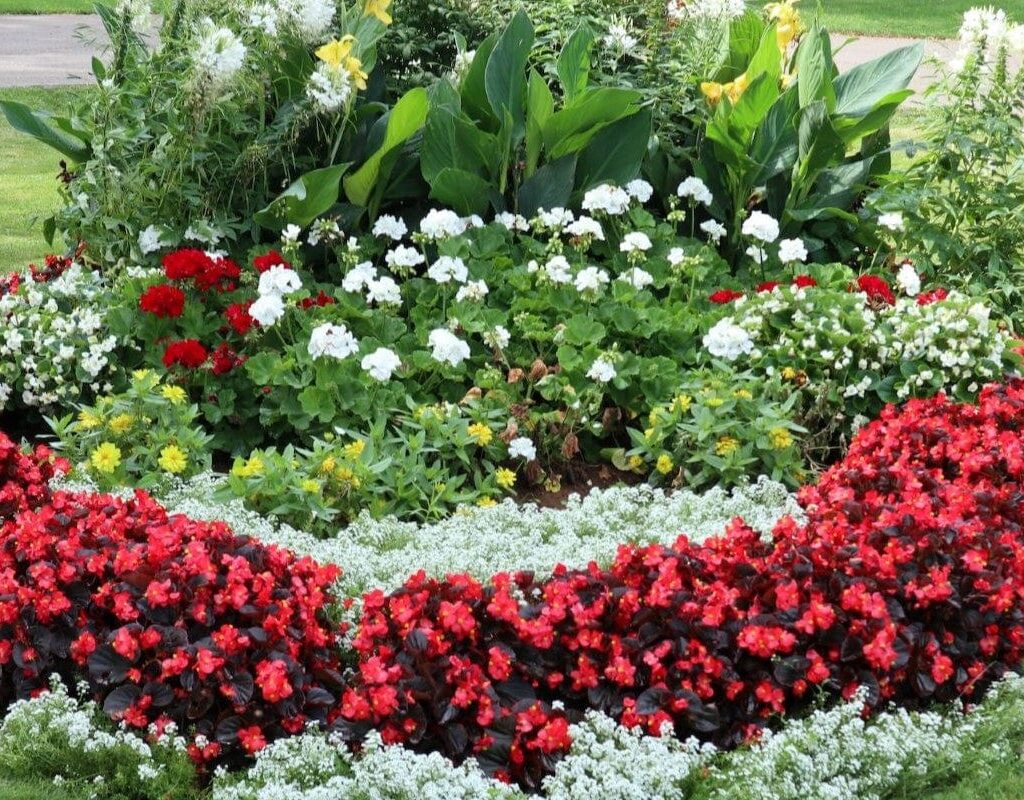
Creating a spiral flower bed may sound complex, but with a thoughtful approach, anyone can do it. Here’s a simple guide:
Materials Needed:
- Bricks, stones, logs, or recycled materials for edging
- Soil and compost
- Mulch (optional)
- Plants suited to your spiral’s light and moisture conditions
Steps:
- Choose the location
Select a sunny or partially shaded area depending on plant preferences. Ensure good drainage. - Mark the spiral
Use a rope, garden hose, or spray paint to outline the spiral shape on the ground. Start from the center and work outward. - Lay the foundation
Place stones, bricks, or wood along the spiral outline to create raised edges. Gradually build higher walls as you move inward to the center, creating a gentle slope. - Fill with soil
Add a mix of garden soil and compost, ensuring good drainage. The top of the spiral should be higher than the outer edges. - Plant selection and arrangement
- Drought-loving plants at the top (lavender, succulents, rosemary).
- Medium-water plants in the middle (marigolds, basil, coreopsis).
- Moisture-loving plants at the bottom (hostas, mint, impatiens).
- Add finishing touches
Mulch around plants to conserve moisture. Consider decorative gravel, stepping stones, or small sculptures to enhance the design.
Best Plants for Spiral Flower Beds
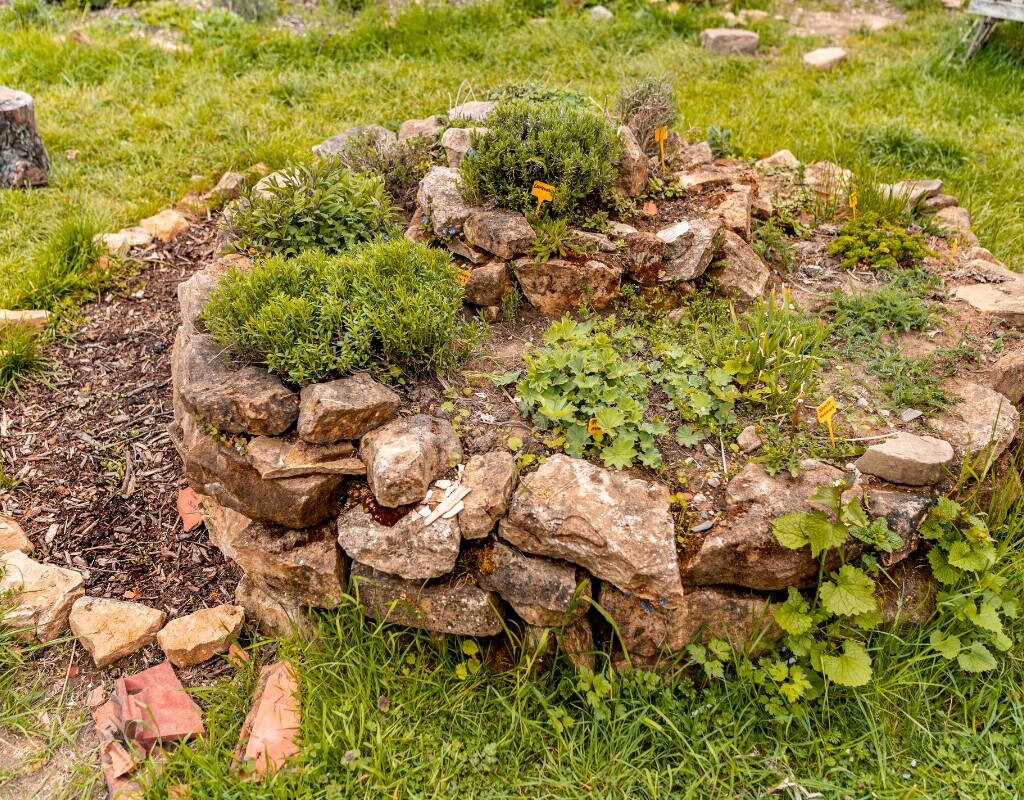
While plant choice depends on climate and design goals, here are reliable options:
- For sunny spirals: Lavender, sedum, black-eyed Susans, zinnias, echinacea, rosemary.
- For partial shade: Hostas, astilbes, begonias, impatiens, mint.
- For whimsical flair: Ornamental grasses, cosmos, delphiniums, or climbing clematis in the center.
- For edible spirals: Parsley, thyme, oregano, basil, strawberries, or cherry tomatoes.
Mixing textures, colors, and heights enhances the spiral’s dynamic look.
Maintenance Tips
Spiral flower beds require less work than you might expect. Follow these practices to keep them thriving:
- Water wisely: Top plants need less water; focus irrigation at the lower levels where moisture collects.
- Weed regularly: Spirals make weeding easier, but staying on top of it ensures healthy plants.
- Fertilize occasionally: Use compost or organic fertilizer to enrich the soil.
- Prune and deadhead: Regular trimming keeps flowers blooming and maintains the spiral’s tidy shape.
- Refresh mulch: Adding mulch each season conserves water and reduces weeds.
Creative Enhancements
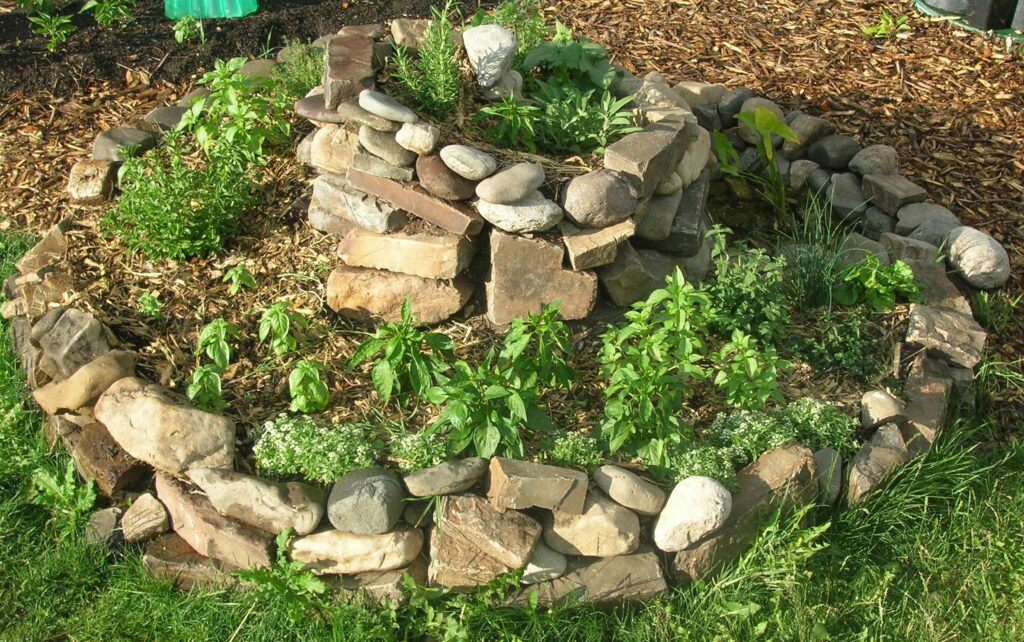
Beyond plants, spiral flower beds can be dressed up with unique touches:
- Pathway integration: Position spirals at walkway intersections for a dramatic effect.
- Lighting: Solar path lights or fairy lights accentuate the spiral at night.
- Water feature: A small birdbath or fountain at the spiral’s center adds charm.
- Art pieces: Garden gnomes, sculptures, or painted stones bring personality.
Conclusion
Spiral flower beds are more than just a trend—they’re a celebration of creativity, harmony, and functional beauty in the garden. Their design not only maximizes planting space but also tells a story of flow and movement, connecting your outdoor space with the patterns of nature. Whether filled with herbs, bright flowers, succulents, or pollinator plants, spirals bring a sense of wonder and artistry to landscapes of all sizes.
By choosing the right plants, carefully constructing layers, and adding personal touches, you can create a spiral flower bed that becomes the whimsical heart of your garden. With every twist and turn of the spiral, your garden will invite admiration, inspire relaxation, and provide year-round enjoyment.




